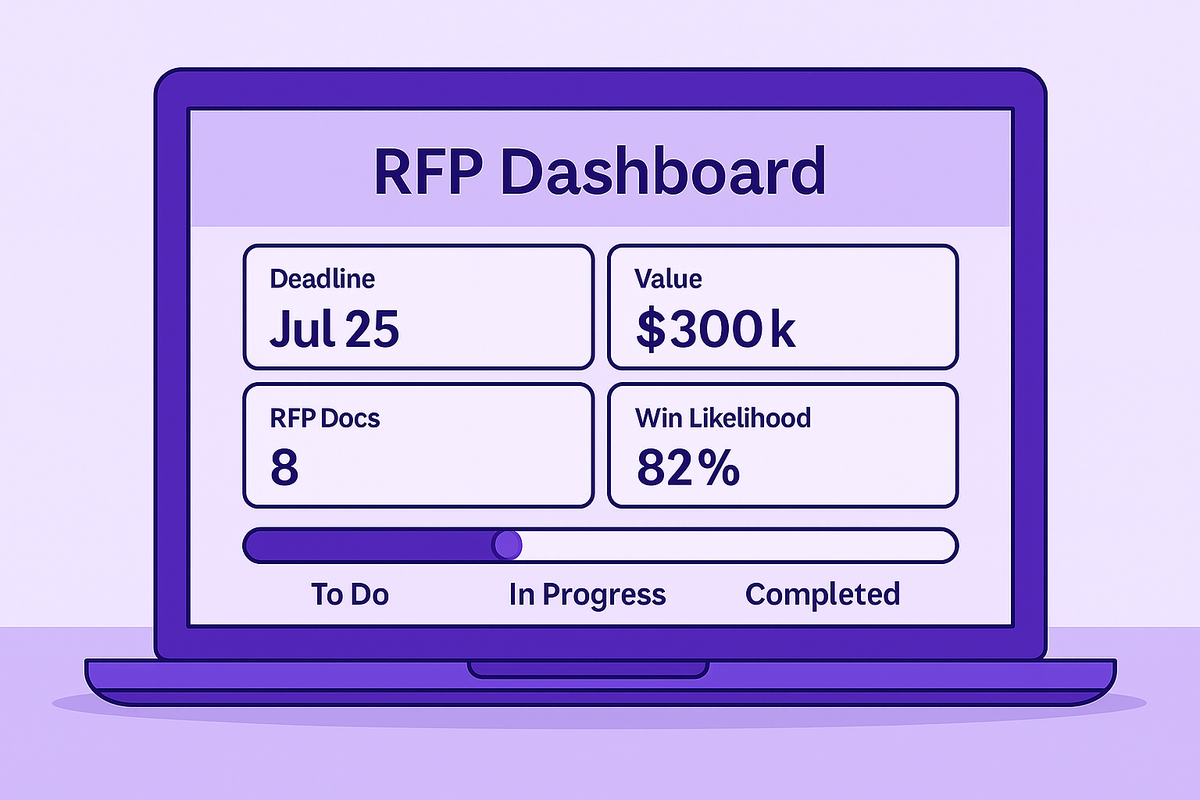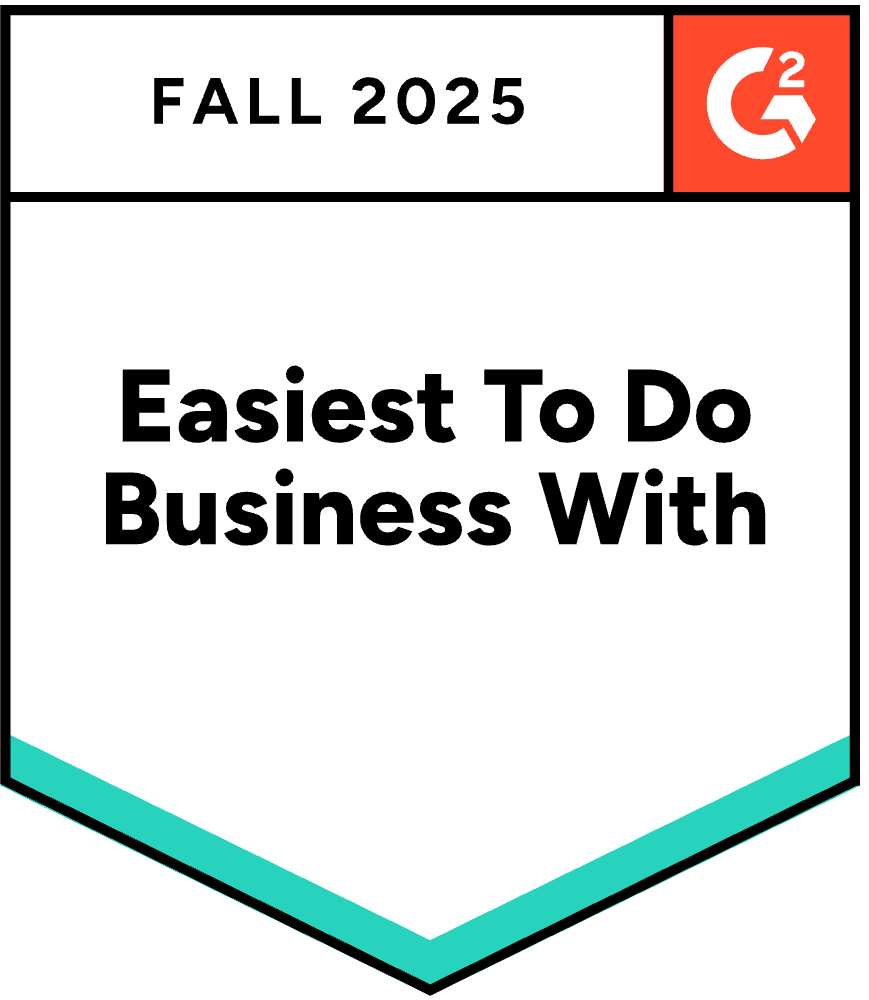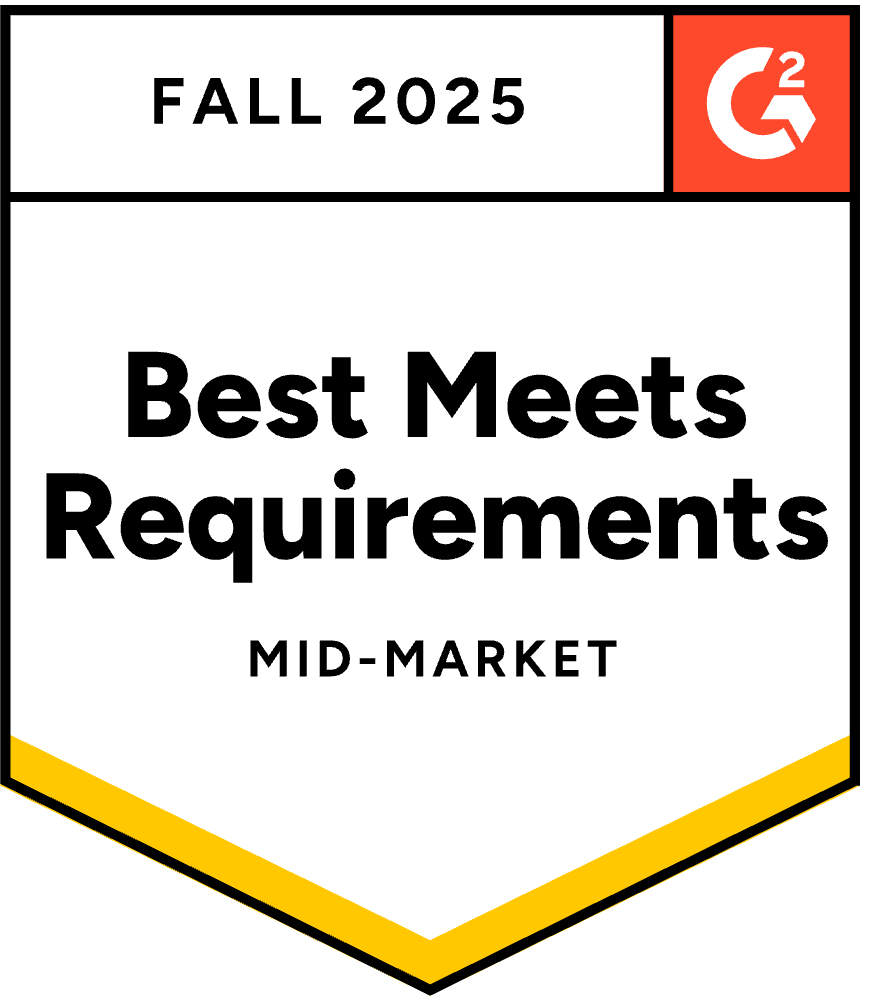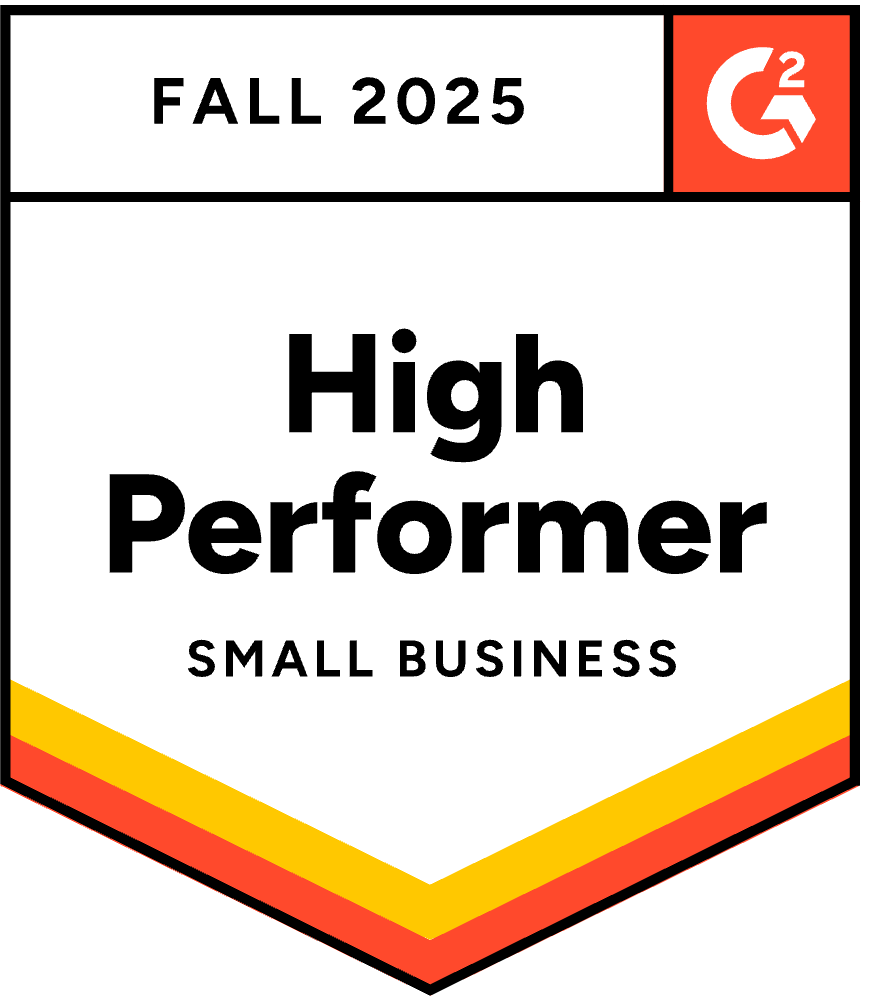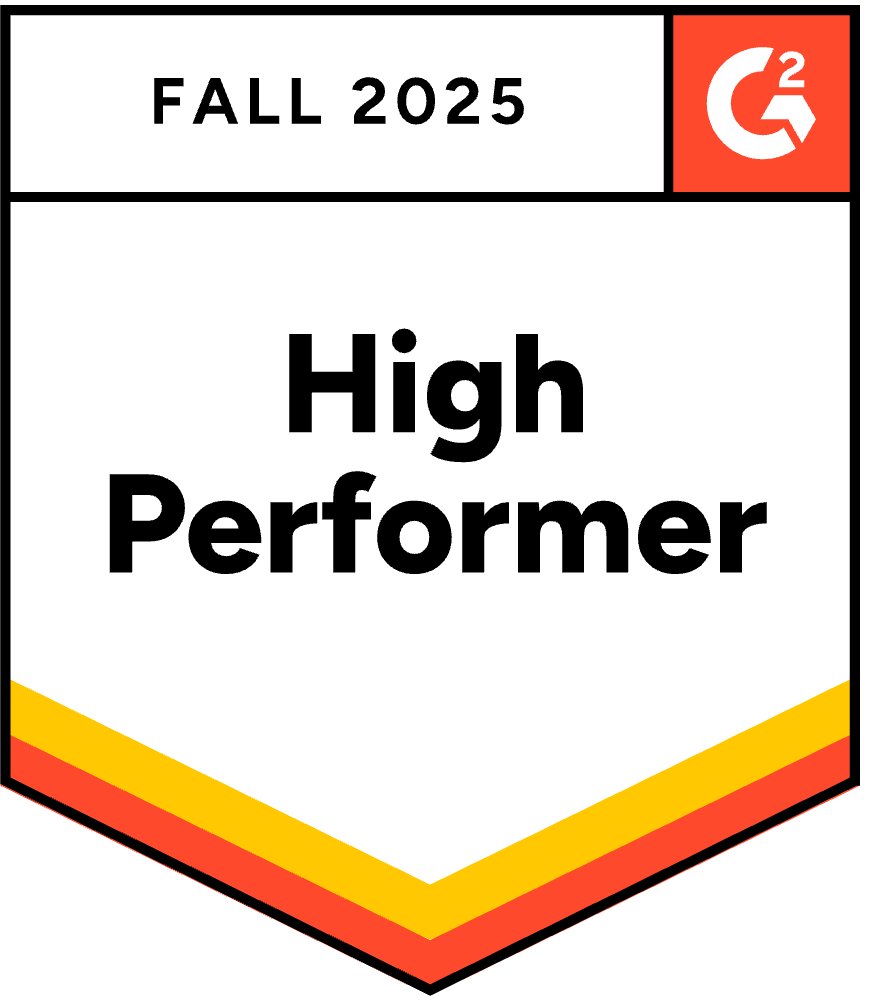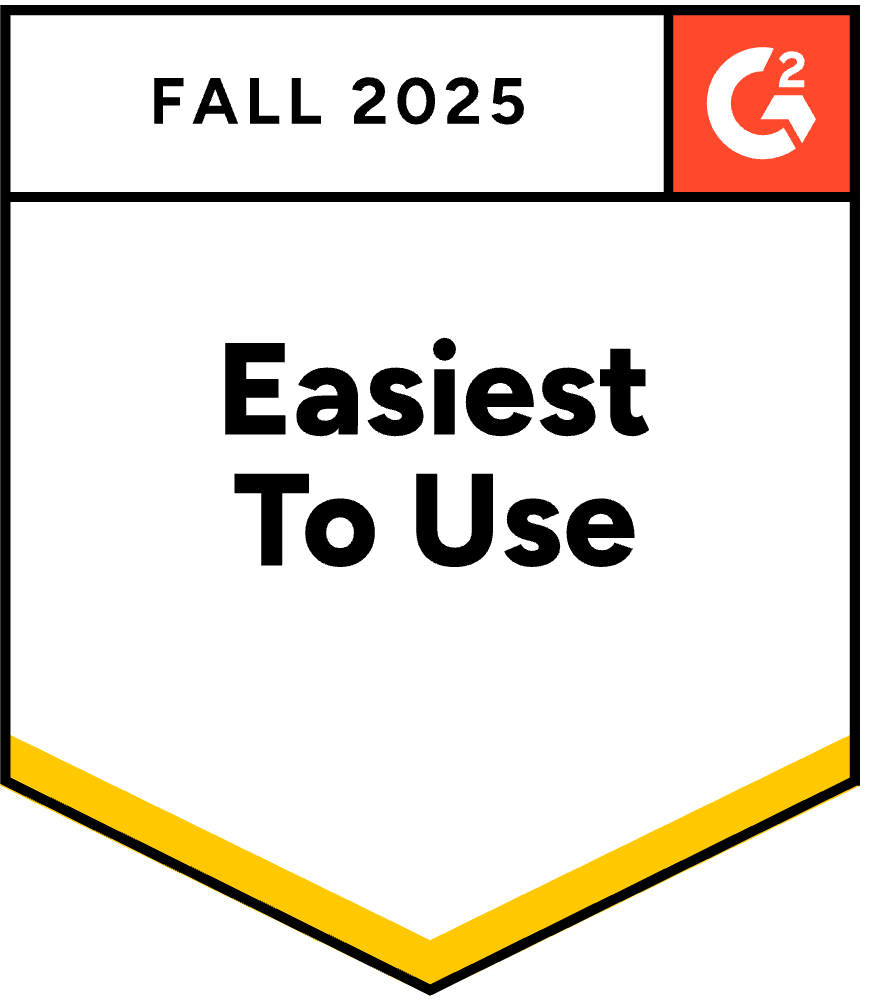Iris RFP: Your AI-Powered Response Solution
February 20, 2025
By
Evie Secilmis
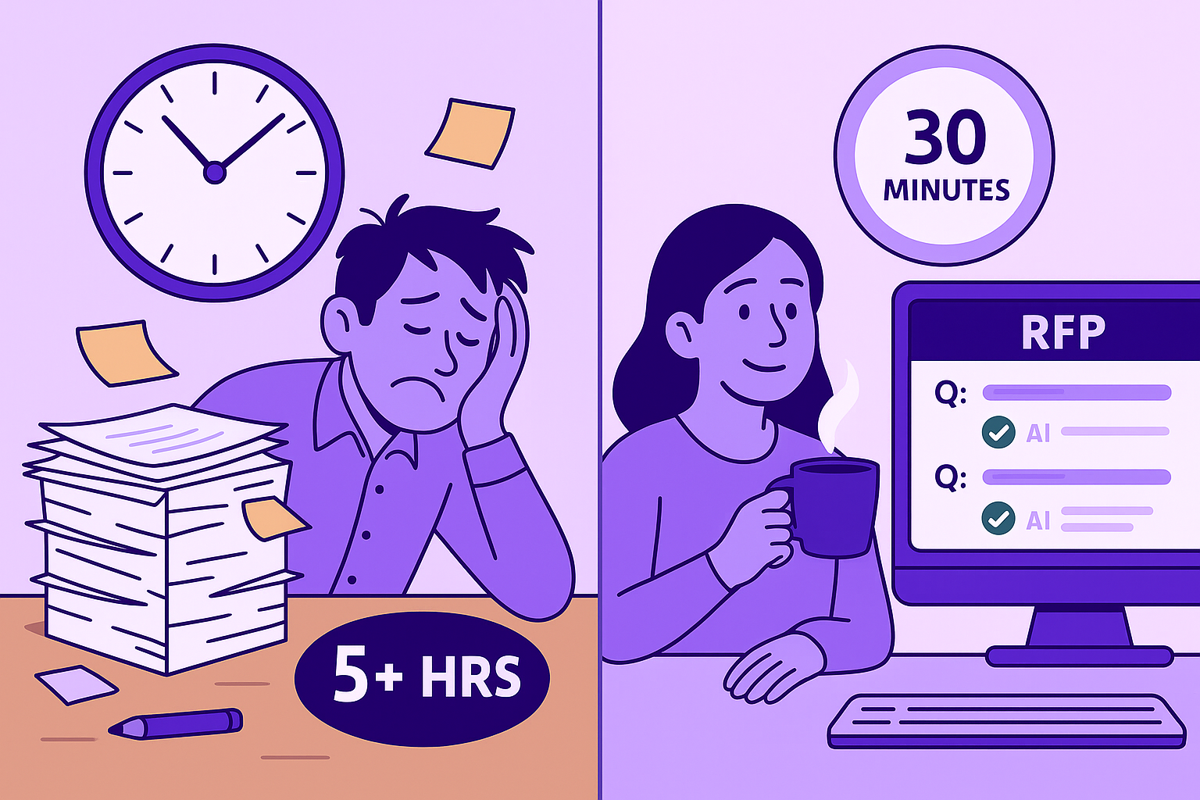
Understanding RFPs
A Request for Proposal (RFP) is a structured document issued by organizations looking to procure products or services. Businesses responding to RFPs must craft comprehensive, persuasive proposals that align with the client’s needs and demonstrate expertise. However, the RFP response process is often time-consuming and requires meticulous attention to detail.
The Challenges of Traditional RFP Responses
For many organizations, responding to RFPs is a manual, repetitive task that drains resources and delays sales cycles. Common challenges include:
- Inefficient RFP workflow, leading to missed deadlines and rushed submissions.
- Difficulty in managing past responses and retrieving relevant content.
- The need for automated proposal generation to reduce redundant work.
How AI-Powered RFP Management Solutions Transform the Process
Iris provides an AI-powered tool for RFPs, enabling companies to streamline RFP responses and improve win rates. By leveraging proposal automation software, sales and solutions teams can optimize response accuracy, eliminate repetitive tasks, and focus on strategic opportunities.
Key Benefits of AI-Driven RFP Automation:
- Automated Proposal Generation – Iris auto-suggests the best responses, pulling from your company’s institutional knowledge.
- Efficient RFP Workflow – Save time by centralizing past RFP responses in a searchable knowledge base.
- RFP Management Solutions – Track, assign, and manage responses within a single platform.
- Proposal Collaboration Tools – Seamlessly coordinate across teams, ensuring compliance and consistency.
Get Started with Iris
Instead of struggling through manual RFP processes, let Iris’s AI-powered tools for RFPs help you accelerate your sales cycle and submit winning proposals with ease.
Contact us today to see how Iris can streamline RFP responses for your team.
Share this post
Link copied!





